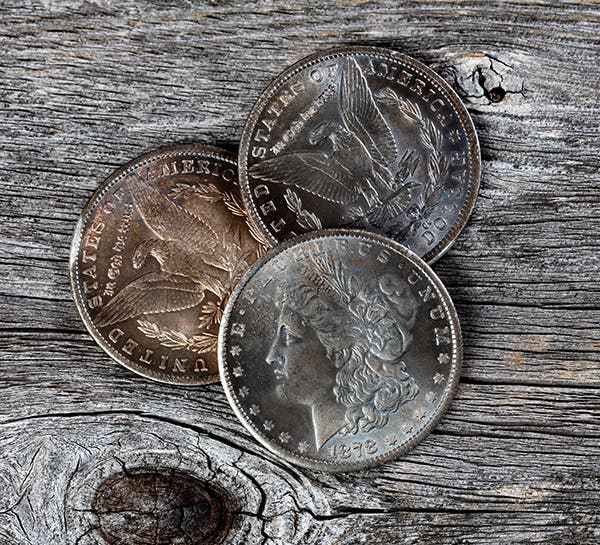1916-S Mercury dime a quiet oddity
You don’t hear a great deal about the 1916-S Mercury dime these days. In fact, no one has ever heard a great deal about the 1916-S Mercury dime since the time it was released.
You don’t hear a great deal about the 1916-S Mercury dime these days. In fact, no one has ever heard a great deal about the 1916-S Mercury dime since the time it was released. In fairness, it’s a bit unusual, as the 1916-S Mercury dime was not really a high mintage, totalling a mere 10,450,000. Yet back in 1916, the most exciting thing about the 1916-S was that it was the first year of a new design.
In fact, the 1916-S is very available today especially considering its mintage, with a price of just $44 in MS-60 and $210 in MS-65, with an MS-65 example with full split bands stands at $800. In every case when you consider the mintage, the price looks to be a good deal.
The one grade where you might consider the 1916-S a little more costly than expected is in G-4, where it lists for $4, which is a good deal higher than other lower mintage dates in that grade.
In fact, the apparent availability of the 1916-S in Mint State may point the way to an interesting part of the 1916-S dime’s story and in the process, raise some questions about the more famous 264,000 mintage 1916-D.
With a mintage of 22,180,080, it is possible that the Philadelphia 1916 was not produced early in the year as there was a mintage of nearly 18.5 million 1916 Barber dimes at Philadelphia. At San Francisco, 5,820,000 1916-S Barber dimes were struck.
People tend to save examples of new designs when they are first encountered in circulation. That appears to be the case with both the 1916 and 1916-S. Things are a little tougher to explain with the 1916-D, as the 264,000 mintage stands as the lowest total of the century. There is also some question about the Mint State supply as while a greater number than would be expected normally are known, the 1916-D is not found in as many numbers as might be expected for a new design that also had a low mintage.
There is at least a little evidence that the 1916-D might not have had a large distribution. In his book, American Coin Treasures and Hoards, Q. David Bowers recounts a story from silver dollar expert Wayne Miller who remembered a hoard in the 1970s of a Chinese family in Helena, Mont. Included were 135 “marginal to gem brilliant Uncirculated 1916-S Mercury dimes.”
Like what you're reading? Subscribe to our FREE email newsletter![form id="27827"]
Miller went on to explain he had never purchased a single 1916-D Mercury dime around Helena even though Denver was closer than San Francisco, an indication that no 1916-D dimes were shipped.
The story, while not providing a reason why, suggests that the 1916-S had the wider distribution even to places closer to Denver than San Francisco. Perhaps the 1916-D was produced late or perhaps there were other problems. Whatever the reason, the 1916-S appears to be the first Mercury dime in much of the West, perhaps explaining its numbers today.
More Coin Collecting Resources:
• Subscribe to our Coin Price Guide, buy Coin Books & Coin Folders and join the NumisMaster VIP Program
We need to start by going back to the situation in 1916. Three new designs were selected for the dime, quarter and half dollar, the first time in U.S. history when the three denominations were given totally different designs. Except for transitional periods in the past, the obverses of the three denominations had always been the same and the reverse except for the dime because of its size had also always been the same.
It has always been the view that the dime was created first since there was a greater commercial use for the smaller denomination.








